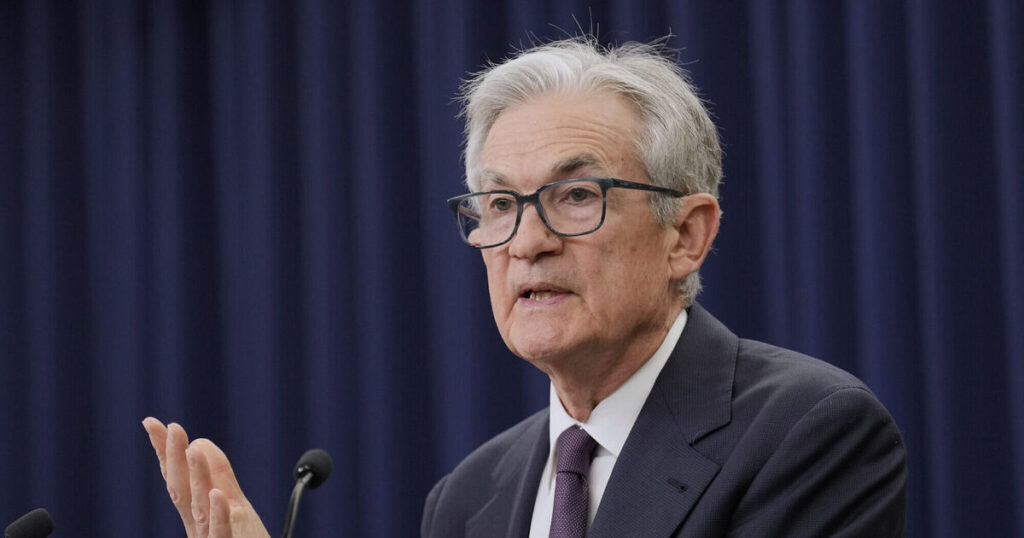US Federal Reserve Chairman Jerome Powell stated that the Fed will maintain a wait-and-see approach concerning the economy before deciding on any key interest rate reductions.
This stance directly contradicts President Donald Trump’s demands for immediate rate cuts.
“For the time being, we are well positioned to wait to learn more about the likely course of the economy before considering any adjustments to our policy stance,” Powell said in his prepared testimony for the House Financial Services Committee.
Powell is set to face potentially challenging questions over two days on Capitol Hill, given Trump’s repeated calls for the Fed to lower borrowing costs.
Historically, Powell has received a generally positive, or at least neutral, reception from House and Senate committees overseeing the Fed.
Powell has often cited Congressional support as a defense against Trump’s criticisms; however, this support could diminish under continued pressure from the president.
Trump criticized Powell again in a social media post early Tuesday, stating: “I hope Congress really works this very dumb, hardheaded person, over. We will be paying for his incompetence for many years to come.”
During Powell’s last Congressional appearance in February, Representative French Hill, chairman of the committee from Arkansas, urged him to ensure inflation returned to the Fed’s 2% target, a goal typically requiring higher interest rates.
The Fed’s 19-member interest rate setting committee, led by the chairman, decides on changes to borrowing costs. Rate increases are generally used to cool inflation, while rate reductions aim to stimulate borrowing and spending during economic weakness.
The committee unanimously voted to keep the key rate steady last week. However, the Fed also released future rate cut forecasts, revealing emerging disagreements among policymakers. Seven members projected no rate cuts this year, two projected one, and ten forecast at least two reductions.
At a recent news conference, Powell indicated the Fed would monitor the economy’s response to Trump’s tariffs and other policies over the summer before deciding on rate cuts, suggesting a possible reduction in September.
However, two prominent members of the Fed’s governing board, Michelle Bowman and Christopher Waller, have since suggested the central bank could cut rates as early as the next meeting in July.
Both Bowman and Waller were appointed by Trump during his first term, and Waller is often considered a potential successor to Powell when his term expires next May.
The Fed cut rates three times late last year to around 4.3%. Since then, it has paused rate cuts due to concerns that Trump’s tariffs could push up inflation.
The president has imposed a 10% duty on all imports, along with additional tariffs of 30% on Chinese goods, 50% on steel and aluminum, and 25% on cars.
Despite widespread economic concerns regarding the impact of tariffs, inflation has steadily cooled this year.


